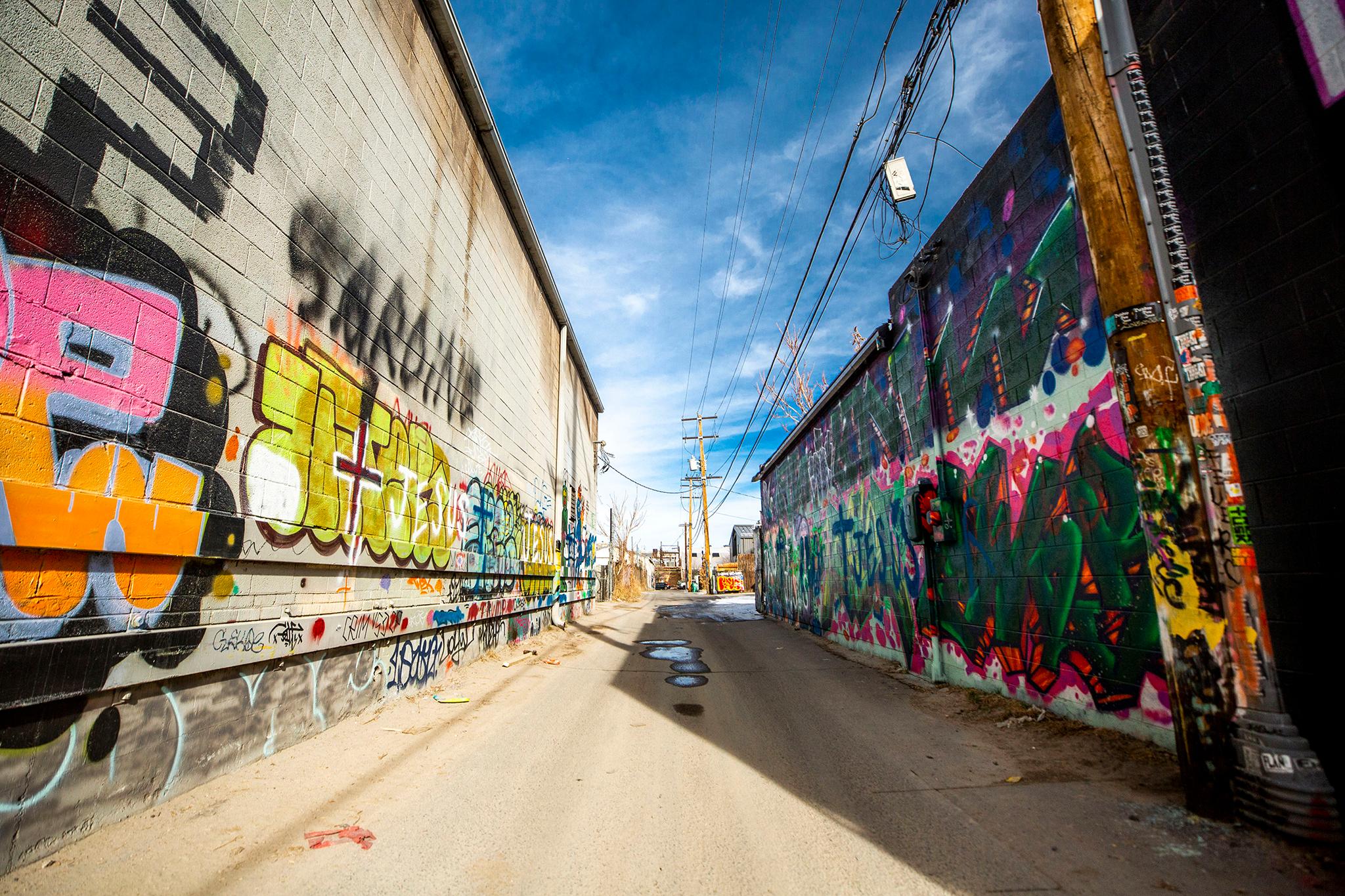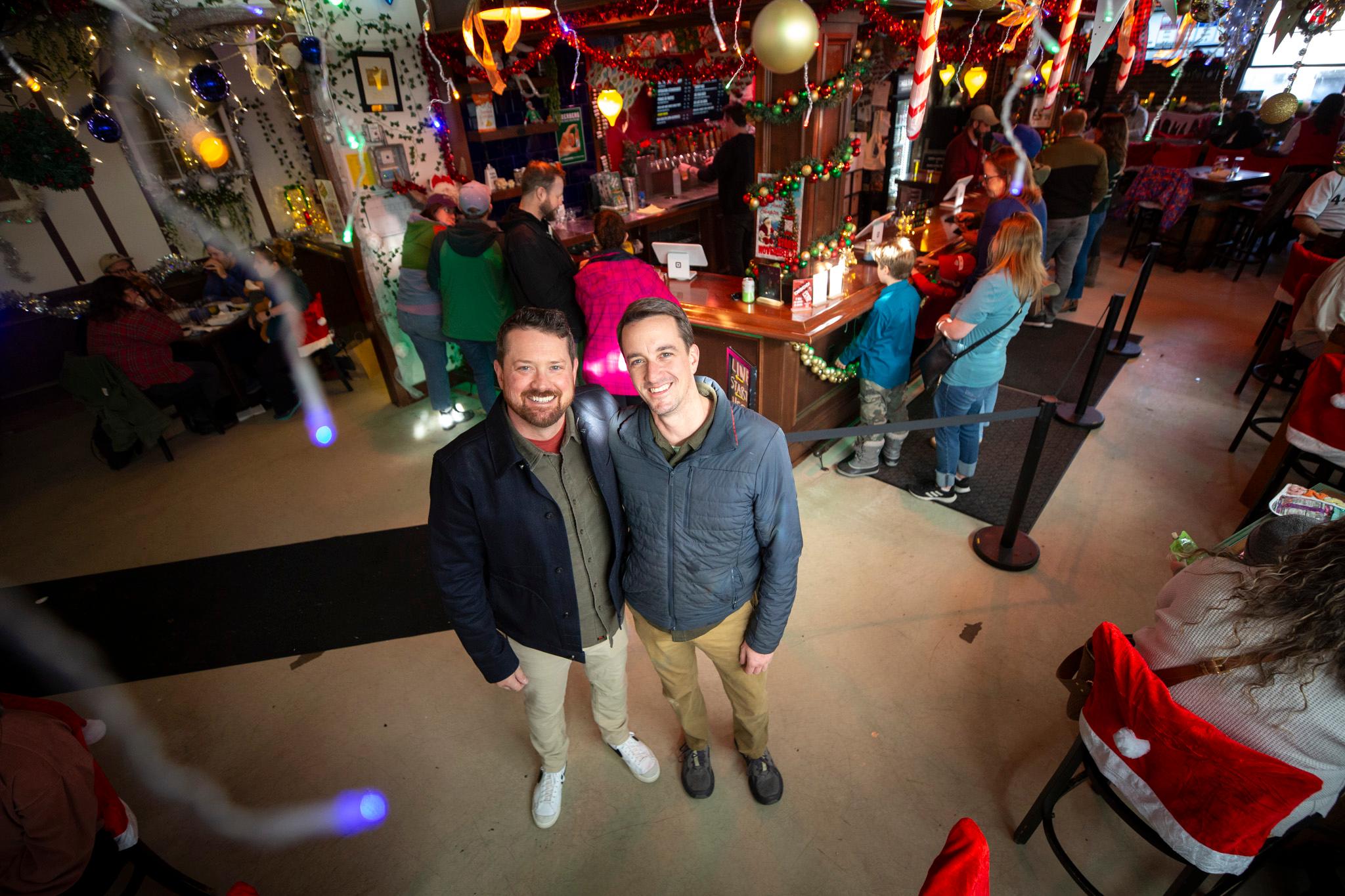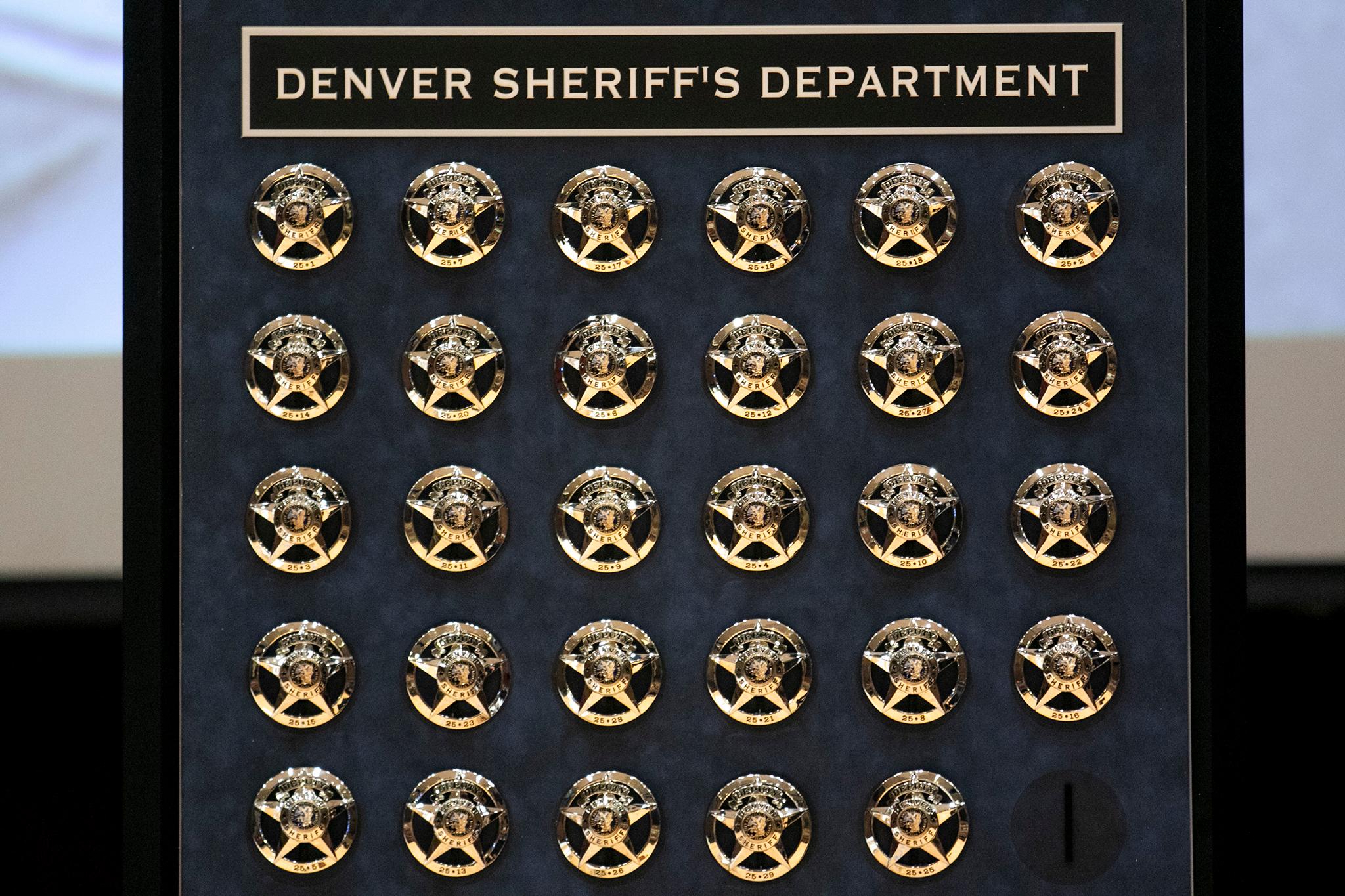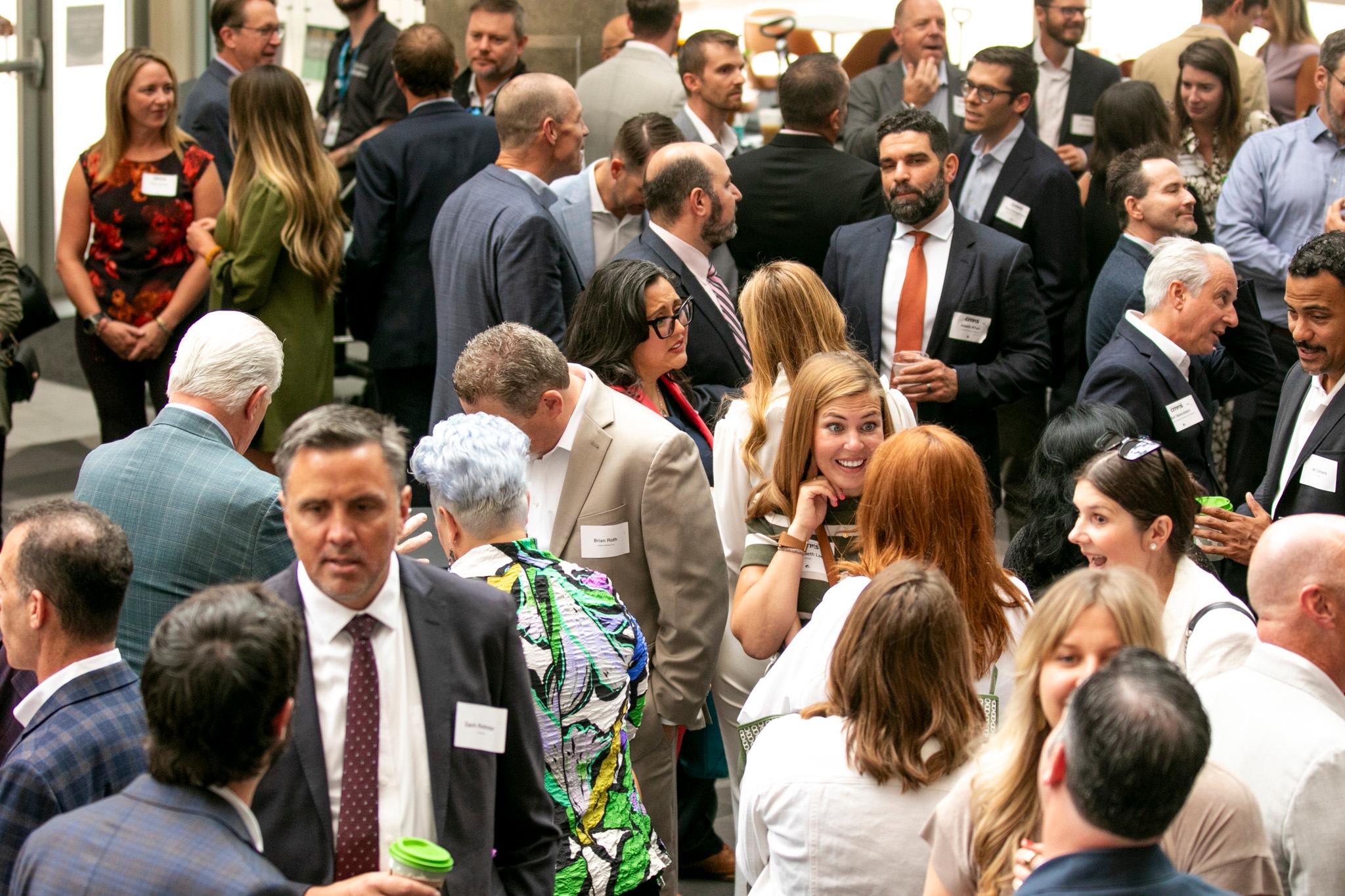If you haven't read our investigation, do so before you read this story.
Last September, I attended CRUSH Walls to write a story about an artist who was incorporating local families and kids into her painting process at the arts festival. While there, some attendees talked to me about a culture of gatekeeping in Denver's street art and mural scene, and specifically at CRUSH -- though these sources weren't willing to say much more at the time.
I follow a number of local artists on Instagram to stay up to date on notable art events and projects. The day after CRUSH 2020 ended, I was scrolling through Instagram when I came across a post by muralist Robyn Frances, who goes by Grow Love, in which she publicly shared her allegations of sexual assault by CRUSH Walls founder Robin Munro. As I read the comments, I saw that other women were sharing similar experiences with Munro.
One thing that stood out to me in the post was Frances' claim that some of her friends continued to participate in CRUSH despite having heard her story. I wondered about the importance of an event like CRUSH -- the biggest street art festival in Colorado -- in shaping artists' careers, and why artists would continue to support a man who allegedly had sexually assaulted a close friend. Did they not believe her? Or was the power he held over the community so strong that no one wanted to challenge him?
How the reporting began
I began working on the story on September 21. In total, I conducted about 35 hours of interviews and exchanged hundreds of emails and texts with sources, including Denver artists and muralists. I spoke to alleged victims and their friends and family members, to Munro's lawyer, to experts on abuse and intimate partner violence, to RiNo officials and to other members of the arts community. I evaluated hundreds of pages of social media posts, texts, personal journal entries and court documents.
I began my reporting by emailing or DMing the women who had shared their stories on Instagram, starting with Frances. I knew this was a sensitive topic and that I'd be asking about what were perhaps some of the most traumatic moments in their lives. In my initial outreach, I offered an introductory conversation so they could learn more about me and the reporting process and decide if they wanted to share their stories.
Anonymous sourcing, going on the record and verifying information
I made sure they understood Colorado Public Radio and Denverite's policy on anonymous sources, which is that we don't name victims of sexual assault unless we have their permission. I also explained the benefits of putting their name to the story -- that it gives an added stamp of credibility. I broke down the different levels of being on the record:
- On the record, in which anything they say can be used and attributed to them.
- On background, meaning the source isn't named but the information they share can be quoted and used in the piece -- essentially, they'd speak as an anonymous source.
- On deep background, in which information can be used in reporting but not in the story.
- Off the record, which means nothing shared in the conversation can be used in the story or in further reporting.
I told the women we could have a continuous conversation about what they were comfortable putting on the record.
Any unnamed source in a Denverite or CPR News story must be approved by the executive editor. The parameters to determine whether an unnamed source is used include newsworthiness, whether the source has firsthand knowledge, and whether there is a legitimate reason for granting anonymity. We also tell sources that we must verify any claims they make or be able to confront the accused. In the end, we retain the right to not use the material unless it can meet our standards.
When they agreed to an interview, I spoke to each woman whose story is included in the final piece for at least three hours, not including text messages and other forms of communication. I asked each of them for documents, social media posts, photos and texts that might help me further investigate their allegations.
The three accounts in the investigation come from women who agreed to interviews and whose stories we have been able to verify to our standards. We interviewed several women for this piece, some of whom did not appear in the final story, either because they decided they ultimately didn't feel comfortable going public with their stories or because we were unable to confirm their stories to our standards in time for publication.
I attempted to find out if Munro had any relevant criminal records and verified that he had a few misdemeanors on his record. I could find no convictions for violent offenses. I reached out to several other members of the art community who hadn't dated Munro but said they had negative experiences with him. I found some of them by looking at the comments on Frances' post. Others were referred to me by community members. In total, five people who claimed either to have been assaulted by Munro or to have witnessed or experienced other abusive behavior by him agreed to interviews. Not all of them were willing to go on the record. Many of them wanted to remain anonymous, saying they feared for their safety or wanted to protect their careers.
I interviewed Dr. Anne DePrince and Margaret Abrams, two local experts on intimate partner violence, trauma and sexual assault, to better understand the psychology of someone experiencing relationship violence. I asked about emotional abuse tactics, control tactics, about the emotional state of someone in an abusive relationship and about why someone might not seek help, tell someone or go to the police when violence occurs. I examined scientific studies and articles that also helped explain those dynamics.
Communication with Robin Munro
In early December, when I was already a few months into the reporting process, news broke that RiNo had cut ties with CRUSH. That was the first time I reached out to Munro to respond to the allegations and to speak to the future of CRUSH. He referred me to his lawyer, Kathryn Stimson, who provided an initial statement.
On December 7, I reached out to Stimson and Munro again, asking him to respond to the list of allegations I'd compiled. Stimson responded with another statement denying the allegations. Since then, my communications with Munro have been through her. As I continued to report the story, I brought Stimson allegations as they arose. She denied all of them.
I also asked for more information about the future of CRUSH and what Munro's role would be. Stimson said she didn't know enough about the inner workings of CRUSH to articulate what his responsibilities were. On a phone call with Stimson on January 22, my editor and I requested an interview with Munro. We didn't hear from either Stimson or Munro again.
RiNo and CRUSH
For the last three years, CRUSH had partnered with the RiNo Art District, which had a role in organizing the festival. Shortly after Frances' Instagram post, RiNo Art District wrote in a since-deleted Instagram post that it had temporarily suspended its contracts with Munro and would investigate the allegations against him. The women I spoke to for the story brought that Instagram post up in their interviews and said they'd never been contacted by RiNo. When RiNo announced in early December that it had permanently cut ties with Munro, I contacted RiNo head Tracy Weil to ask about the decision and about the details of the investigation. Weil provided an initial statement, saying that the art district was no longer affiliated with CRUSH and that the decision was mutual. One of my sources forwarded me a message Munro had allegedly sent another artist, in which he claimed that RiNo had "settled" and that he was still getting paid. I sent Weil a list of questions about the details of the alleged settlement, about who had conducted the investigation, who had been interviewed, what it entailed, and what the outcome was. Weil said only that RiNo was no longer affiliated with Munro. He did not provide any information about the investigation and eventually stopped responding to our requests for comment and interviews.
I reached out to 28 other prominent members of the mural and street art community to see if they were interested in commenting on the allegations and the conversations they'd sparked. Nineteen were male artists. Two agreed to an interview: Lindee Zimmer and Robert Gray. Zimmer said she supported the women and would no longer participate in CRUSH. Gray, who co-founded the Black Love Mural Festival, an all-Black mural group dedicated to improving curatorial diversity in the art scene, said he won't participate in CRUSH 2021 because he'll be working to build his own festival. He does think that other artists will continue to support Munro because he is a leader in the scene with many close relationships.
The other artists who replied to the request said they either didn't want to get involved or didn't know enough about the situation to comment.
Editing and fact-checking
As part of the editing and fact-checking process, I contacted close friends and family members of each of the women whose stories we included. They verified that the women had told them about the details in my story long before they decided to go public. I ran each source through a criminal background check and determined that they have no relevant legal history. The story went through multiple rounds of edits from three different editors.
Denverite also hired an outside fact-checker, who spoke to nearly every source in the story and walked through their claims and statements, confirming that they said what was in the piece. The only person who declined to work with the fact-checker was Weil.
CPR News retains a prominent media attorney for First Amendment issues and legal review of stories. Denverite sent the story to the attorney and edited a few sections based on his questions. After we got approval from him to proceed with the story, we published it.
Why we ran the story
-- Ana Campbell, Denverite editor
Journalists hear about stories from sources all the time that don't make it to print. Sometimes it's because the allegations can't be verified; there isn't enough documentation, or the source doesn't want to talk on the record. Sometimes it's because the reporter simply doesn't have the time to devote to the piece.
Investigative journalism is especially time intensive. It requires lots of digging, and verifying in as many ways as possible that you've uncovered the truth. Investigative reporters encounter a lot of dead ends; the more people you talk to, the more information you hear and the more things you have to verify. A lot of reporting ends up on the cutting room floor.
Maggie had to forge strong relationships with her sources. It's hard for people to share their stories with a stranger. As a reporter, trust-building and being as candid as possible about your intentions is always important, but especially when you're asking people to trust you with the most intimate details of their most traumatic life experiences. That kind of work takes time and a lot of listening.
When Maggie first brought me the allegations against Munro, we knew they were worth investigating based on the sheer volume -- it wasn't just one or two women who went public -- and his looming presence over the art scene in Denver. He wasn't just any local artist. He was a gatekeeper, someone who could make or break careers.
The further Maggie dug, the more women she found who were willing to share their stories. She was spending hours on the phone with sources and verifying allegations. Daily reporting on other stories quickly proved impossible, but we knew this story could have a major impact on the arts scene in Denver. So we stuck with it.
If you have any questions about the reporting or editing process, drop us a line at [email protected].












